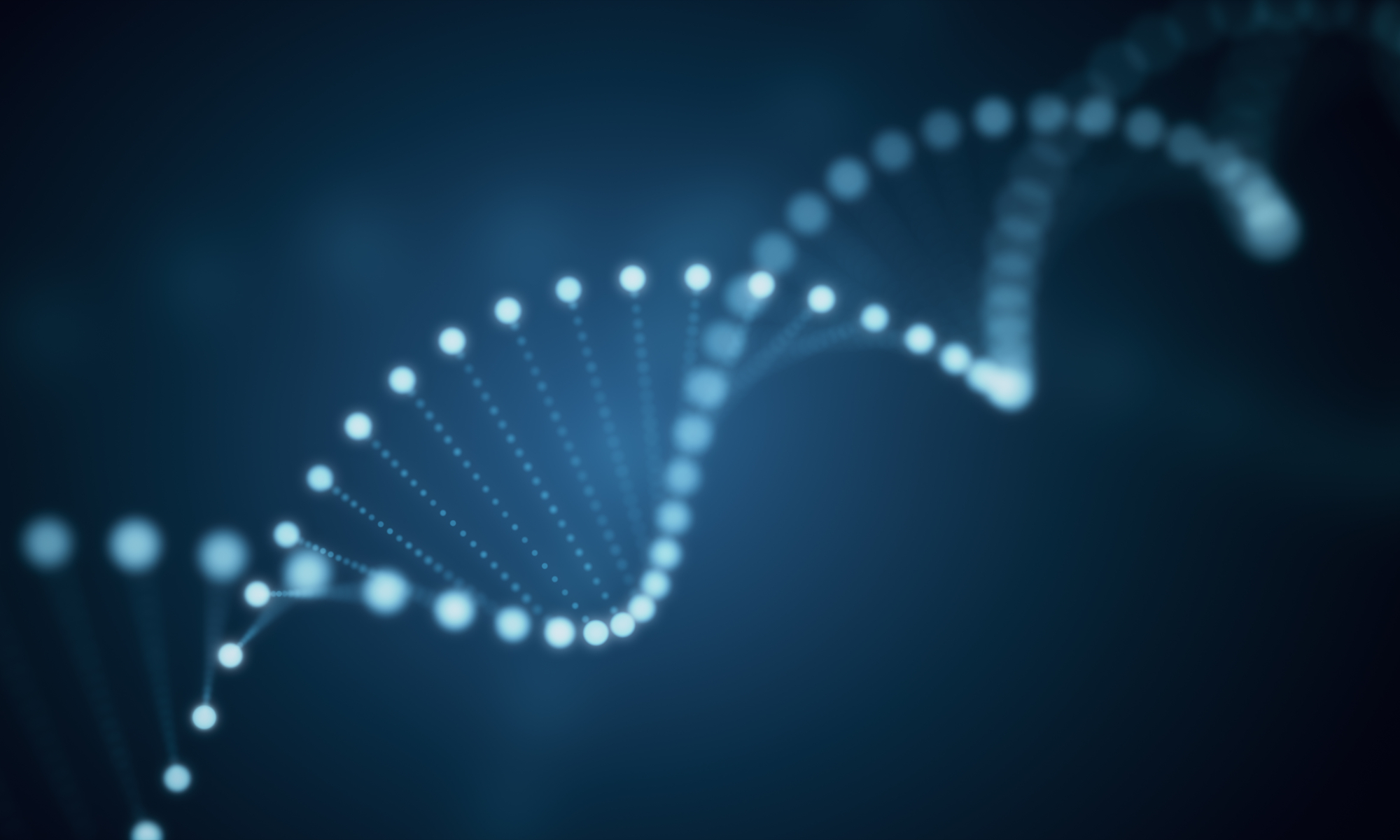Organic bioethics is an approach to bioethics that treats the field as a living, continually evolving dialogue between ethical reflection and the wider social, cultural and institutional environments in which advances in the life sciences occur. Finnish scholar Heikki Saxén introduced the concept in his 2017 doctoral dissertation, A Cultural Giant: An interpretation of bioethics in light of its intellectual and cultural history [1].
Saxén argues that meaningful bioethical inquiry must remain both intellectually open-ended and socially inclusive—qualities he believes characterised the field’s early aspirations but later slipped from view.
History
“Organic bioethics” first appeared in Saxén’s dissertation as a proposal for reconnecting bioethics with its early democratic ambitions [1]. The framework was elaborated in the Harvard Medical School Center for Bioethics article “What is Organic Bioethics?” (2021), co-authored with Salla Saxén [2].
From 2021 onward, the approach has informed several digital-era projects, notably the MyBioethics mobile application and related empirical studies, which later incorporated explainable-AI techniques to analyse user behaviour within the “organic” empirical framework [3] [4].
Illustrative principles
Organic bioethics has been summarised through several recurring themes that highlight how ethical debate should stay connected to its broader societal landscape [2]. These themes are illustrative rather than exhaustive:
- Common language – seek terminology that is understandable to all stakeholders.
- Social capital – analyse bonding and bridging ties to uncover barriers to participation.
- Institutional reflexivity – keep organisational structures that shape debate under continuous review.
- Checks on domination – adapt republican political theory to limit subtle coercion in health-care systems.
- Tangibility and accessibility – translate scholarship into practical tools (apps, workshops, deliberative events).
Applications
- Personalised medicine – organic bioethics has been used to examine how disparate expert communities can co-create a shared moral vocabulary during the roll-out of genome-based care [2].
- Digital education and research – the MyBioethics platform crowd-sources ethical-reasoning data while providing interactive learning materials [3] [4].
Relation to earlier literature
The phrase “organic bioethicist” appeared in Tod Chambers’ article “Theory and the Organic Bioethicist” (2001), which advocated patient-centred theory-building [5]. Chambers’ usage is historically unrelated but thematically resonant with Saxén’s later framework.
References
- A Cultural Giant: An interpretation of bioethics in light of its intellectual and cultural history, Heikki Saxén, Tampere University, 2017.
- “What is Organic Bioethics?”, Heikki Saxén & Salla Saxén, Harvard Medical School Center for Bioethics, 1 April 2021.
- “MyBioethics: How Ed-Tech Enables Discovery-Driven Empirical Bioethics Research”, Joel Janhonen, Mikko Värttö & Heikki Saxén, Digital Society, 3(2): 35, 2024.
- Interpreting user behaviour in the MyBioethics app using explainable AI methods, Heikki Saxén, Tampere University, 2025.
- “Theory and the Organic Bioethicist”, Tod Chambers, Theoretical Medicine and Bioethics, 22(2): 123–134, 2001.
